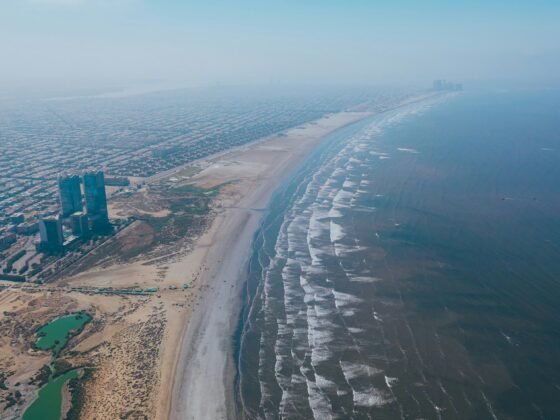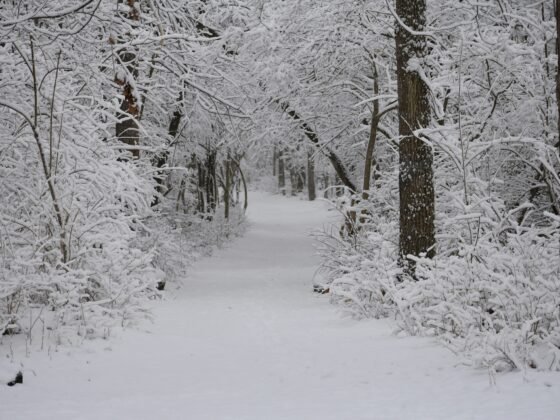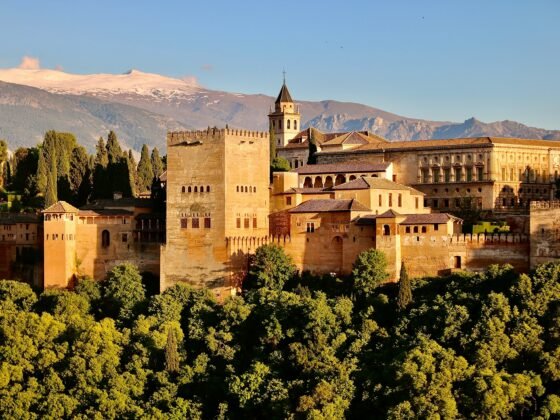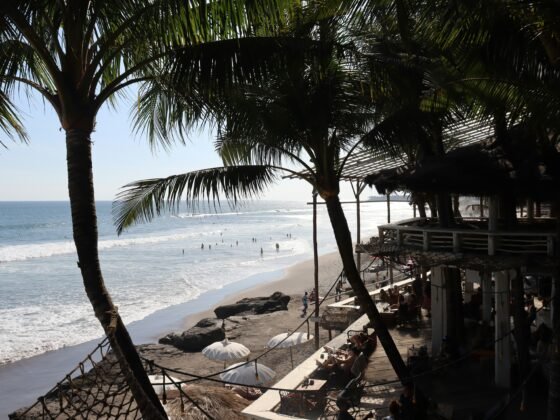1 – Windermere Means Vinandr Water
The name Windermere is a combination of Old English and Norse. Mere translates as meaning a body of water, while Winder means Vinandr in Norse. Vinandr is a name, and it is not clear exactly who the Viking Vinandr was, but he was important enough to have the lake named for him. Although Windermere isn’t technically a lake (in fact, Bassenthwaite Lake is the only official lake) is it now commonly referred to as Lake Windermere. Similarly, Windermere is unusual as a mere too; these bodies of water are normally broader than they are deep.
2 – William Wordsworth Was Inspired By The Lake District
William Wordsworth wrote some of his best known poems while living in the Lake District, and his body is buried at St Oswald’s Churchyard in Grasmere. You will find a number of references to the poet, around the area, and there are visitor centres, museums, and shows dedicated to him. Wordsworth was so inspired by the region that he wrote A Guide Through The District Of The Lakes. The book was described as being “a guide, but it is also a prose-poem about light, shapes, and textures.
3 – The Tallest Mountain
Scafell Pike is the tallest of the mountains and fell tops, standing 978 metres above sea level. Scafell and Helvellyn also stand at 950m or above, and there are some 200 or more fell tops in the region. This collection is what has made the region so popular with hikers, cyclists, and fell runners. On Helvellyn, you will find Striding Edge, which is a narrow ridge with very steep drops. A picture of this has become synonymous with the Lake District, and it is likely that this is the image you first recognise when you think of the Lake District.
4 – The Lakes
There are 16 bodies of water that are considered to the main “lakes” in the region. Windermere is the largest at 14.8 square kilometres, while Ullswater is the second large but only measures 8.9 square kilometres, and all of the remaining bodies, except Derwentwater (5.5 square kilometres) and Bassenthwaite Lake (5.3 square kilometres), are less than 5 square kilometres in area. There are also many tarns and smaller bodies of water. While Windermere may be the largest and even the longest lake, it is Wastwater that is the deepest.
5 – Tourism Is The Lakes’ Main Industry
According to STEAM 2015, which is the official Lake District tourist guide study, more than 17.3 million people visit the region every year and they spend £1.2bn. Tourism is a significant source of income and jobs for the region. 25.21 million tourist days are spent in the Lakes every single year, including guests staying in boutique hotels like The Hideaway in Windermere, and if you want to miss as many visitors as possible, considering visiting during term time and out of summer periods.
6 – A Region Rich In History
There are more than 6,000 archaeological sites in the Lake District and this includes finds dating from between pre-history to World War II so there is something for all keen historians. If you enjoy visiting historical sites, then Hardknott Fort was built on the Roman road that leads the Hardknott and Wyrnose passess and is a great site to visit in order to experience some of the past. Hardknott Fort is the best preserved Roman Fort in the country.
7 – Beatrix Potter Loved The Lakes Too
Wordsworth was arguably the Lake District’s most decorated and recognised resident, but Beatrix Potter hails from Hill Top in Sawrey. Peter Rabbit and Potter’s other characters were dreamed up while in the Lakes, and when she died, Potter left her home to the National Trust, on condition that it was left unchanged and that it was opened to the public. You can still visit, and this won’t just appeal to the kids but also to any budding writer, and to fans of Beatrix Potter.
8 – The Lake District National Park Was Opened In 1951
The Lakes themselves have existed for thousands of years but the Lake District National Park was actually only formed in 1951. It was created in order to protect the Lakes and the locations that are found there. Access to some land may be restricted to foot traffic, but the as a National Park there are no restrictions on movement within the park.
9 – The Lakes Are The Dampest Area Of Britain
Anybody that has visited the Lake District will know that the area is well known for its bad weather. It can be great weather in London, never mind Lancaster, and still raining in the Lake District. As such, the National Park is officially the dampest area in Britain and Seathwaite, which is also part of the Lake District, is the wettest recorded area in the country too. When visiting, you should always be prepared for the worst, especially when you are staying in the UK. If you intend to go walking, then be aware that you can experience all four seasons in one day while in the Lake District.
10 – You Can Enjoy Local Liquid Bread
Liquid Bread is the name that was used to refer to beer, and the tradition of drinking real ales has stuck. As well as a large selection of real ales in a lot of the pubs in the Lakes, you can also find microbreweries. A microbrewery is a very small brewer that only produces a handful of barrels. The Lake District is home to hundreds of microbreweries and you will see a lot of the local brews when you tour the highly rated local pubs.












